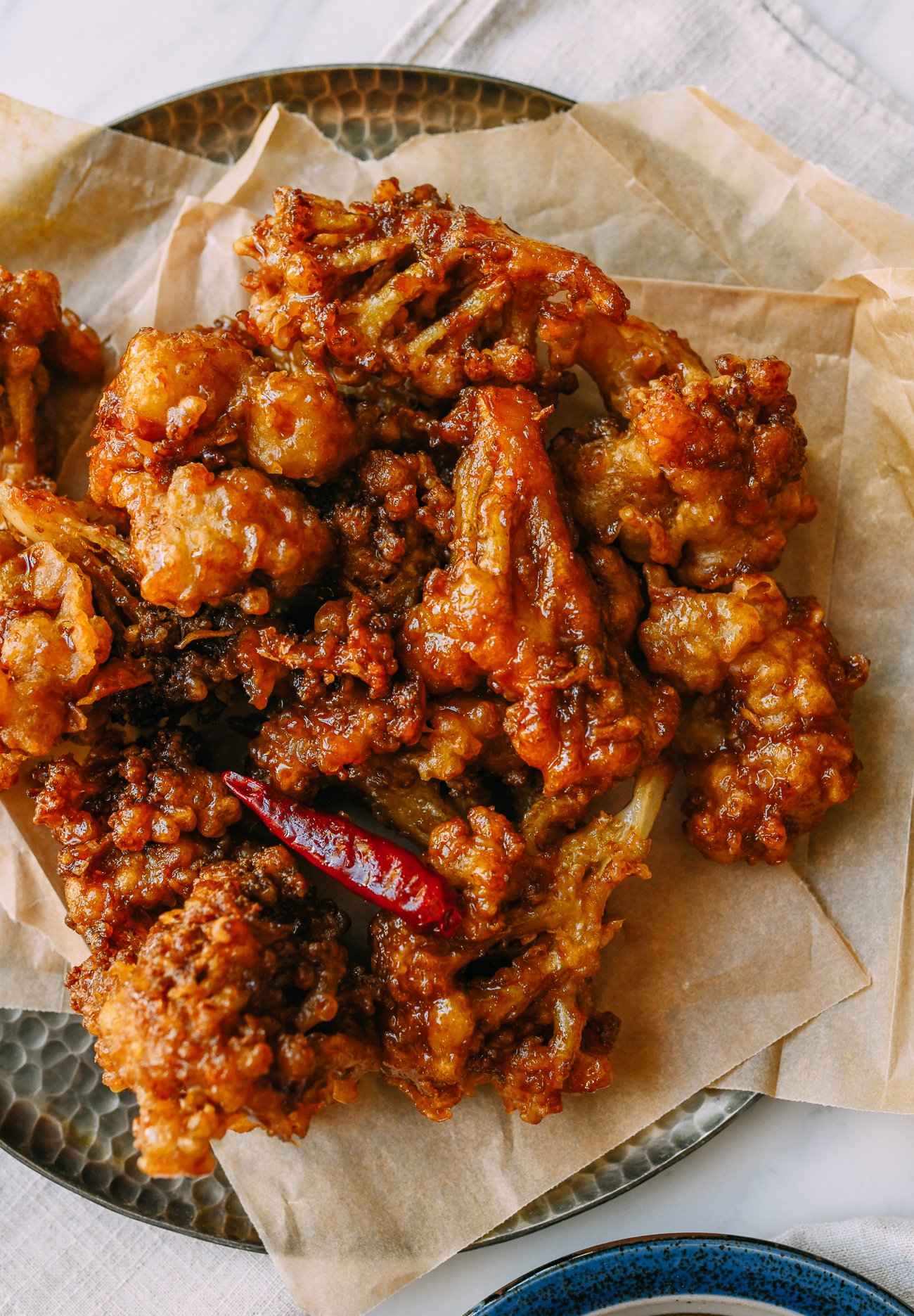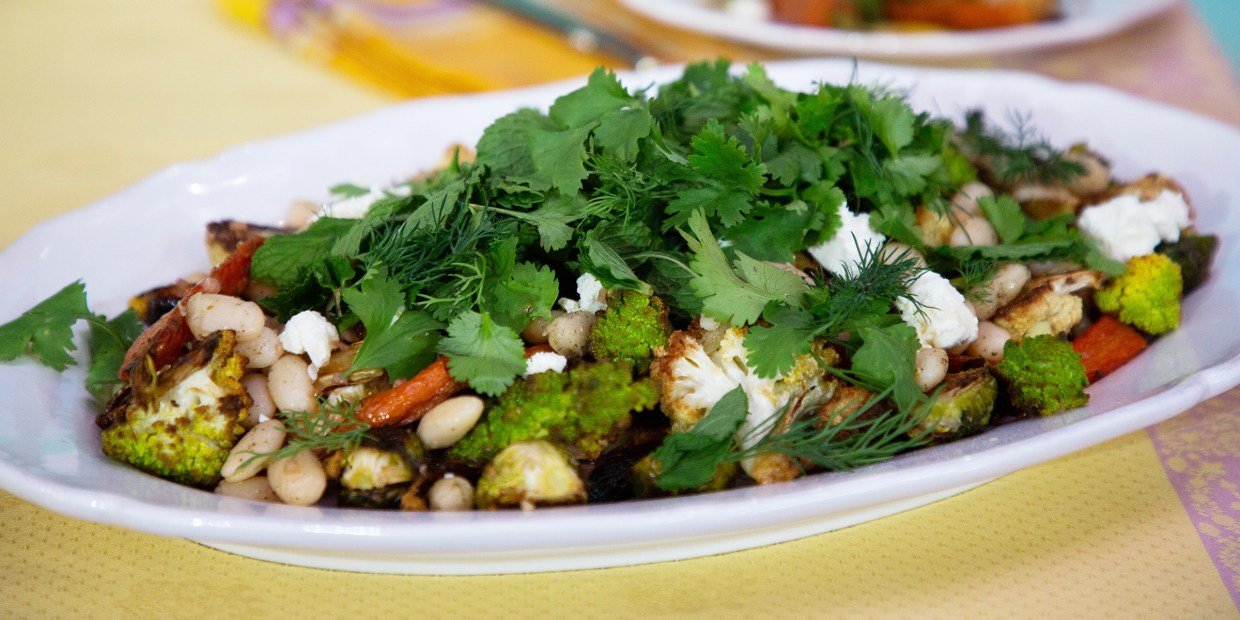
Sweet Peppers
There’s nothing like a crisp sweet pepper in the middle of summer. Whether you enjoy them raw like an apple, chopped up fresh into a salad or slaw, cooked into a stir-fry or roasted and blended into a sauce, sweet peppers are where it’s at.
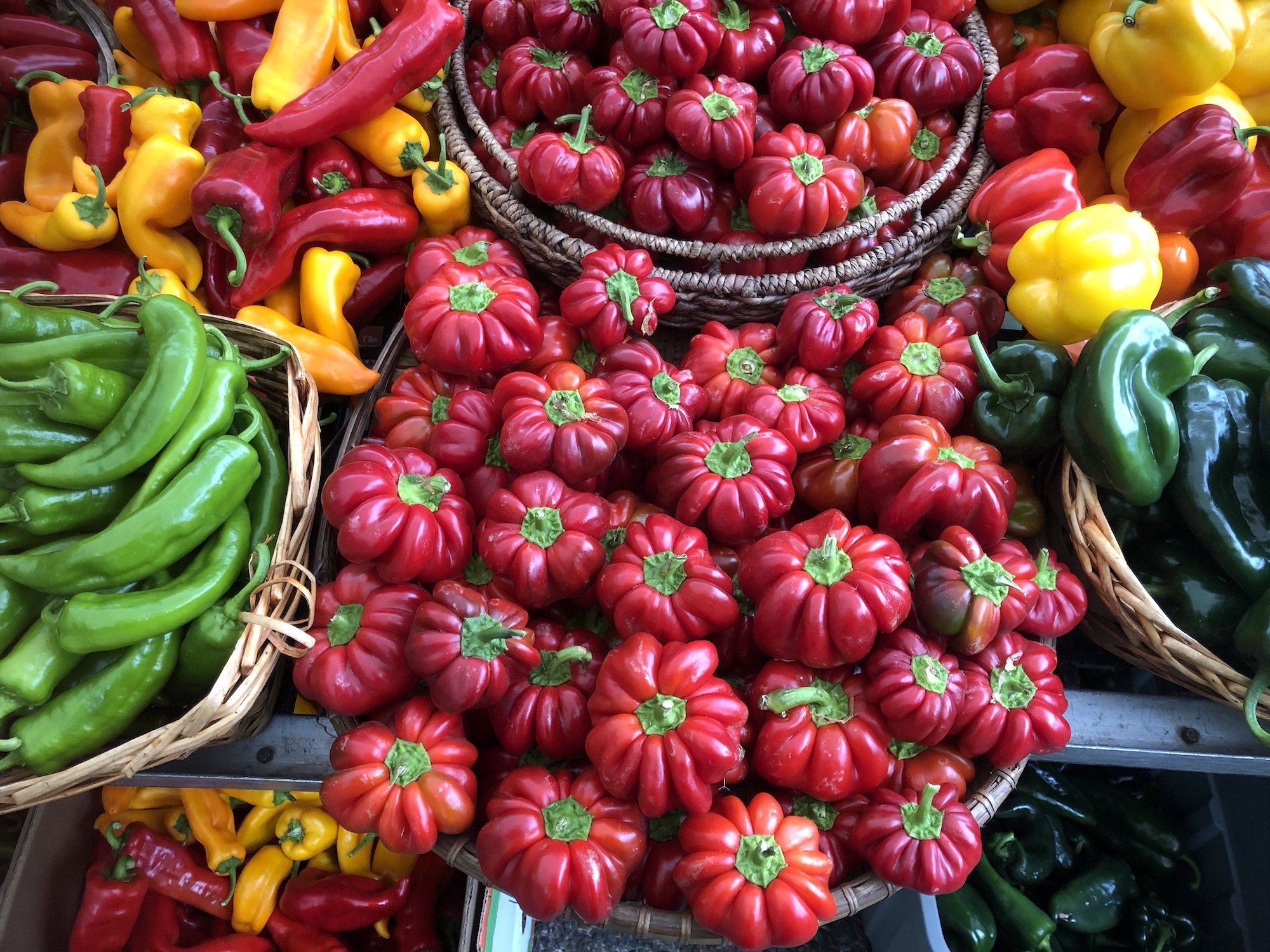
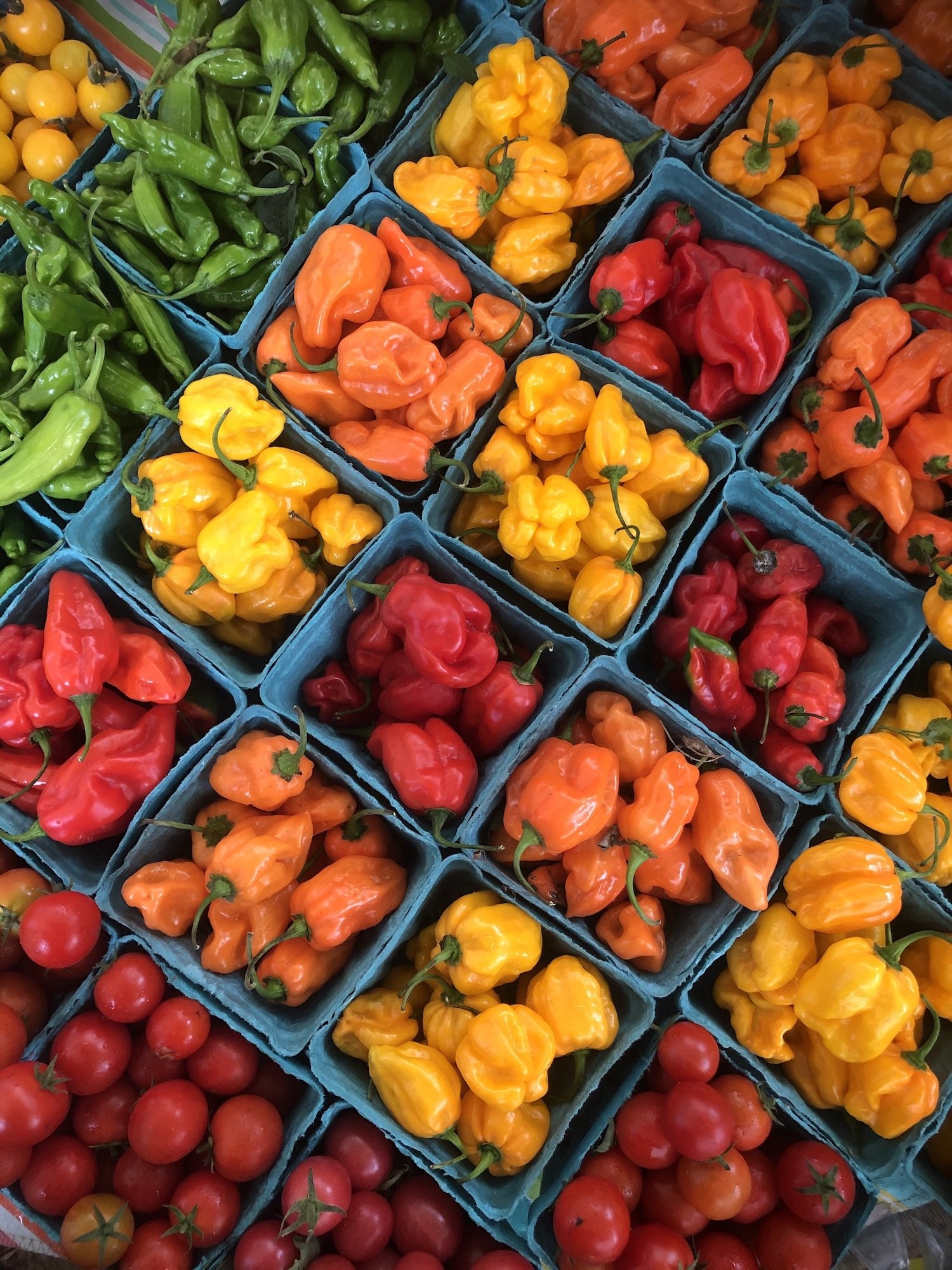

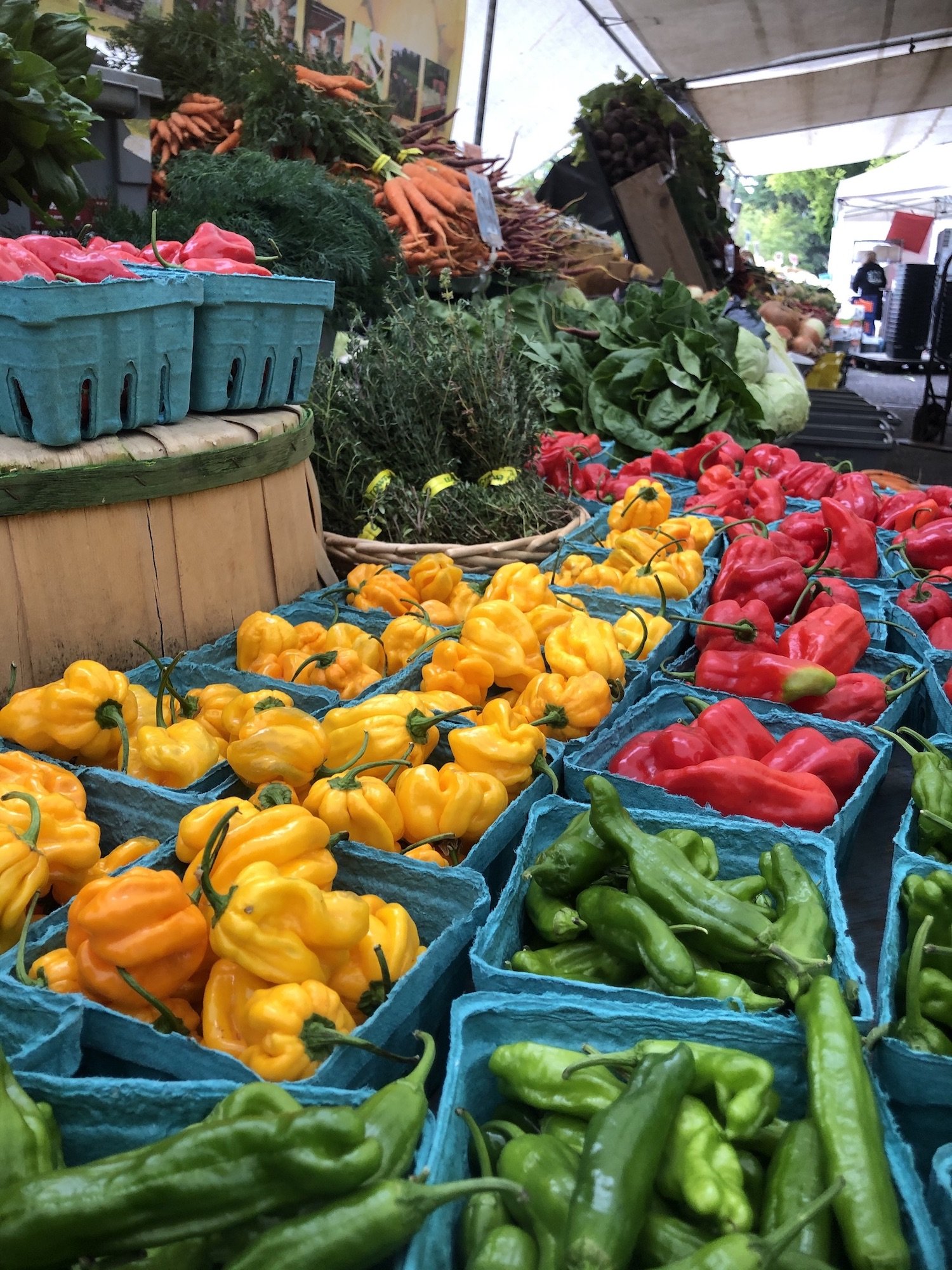
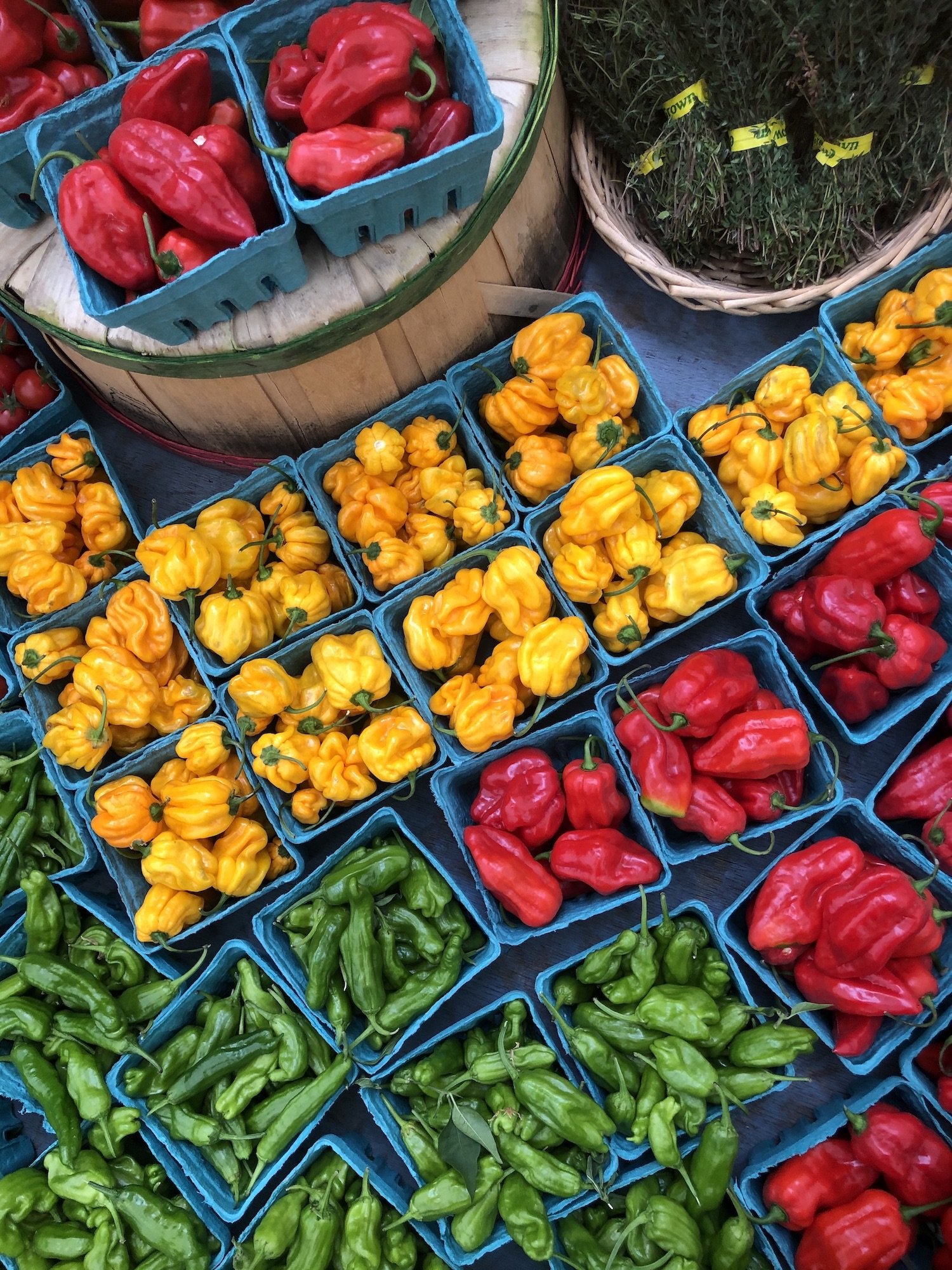
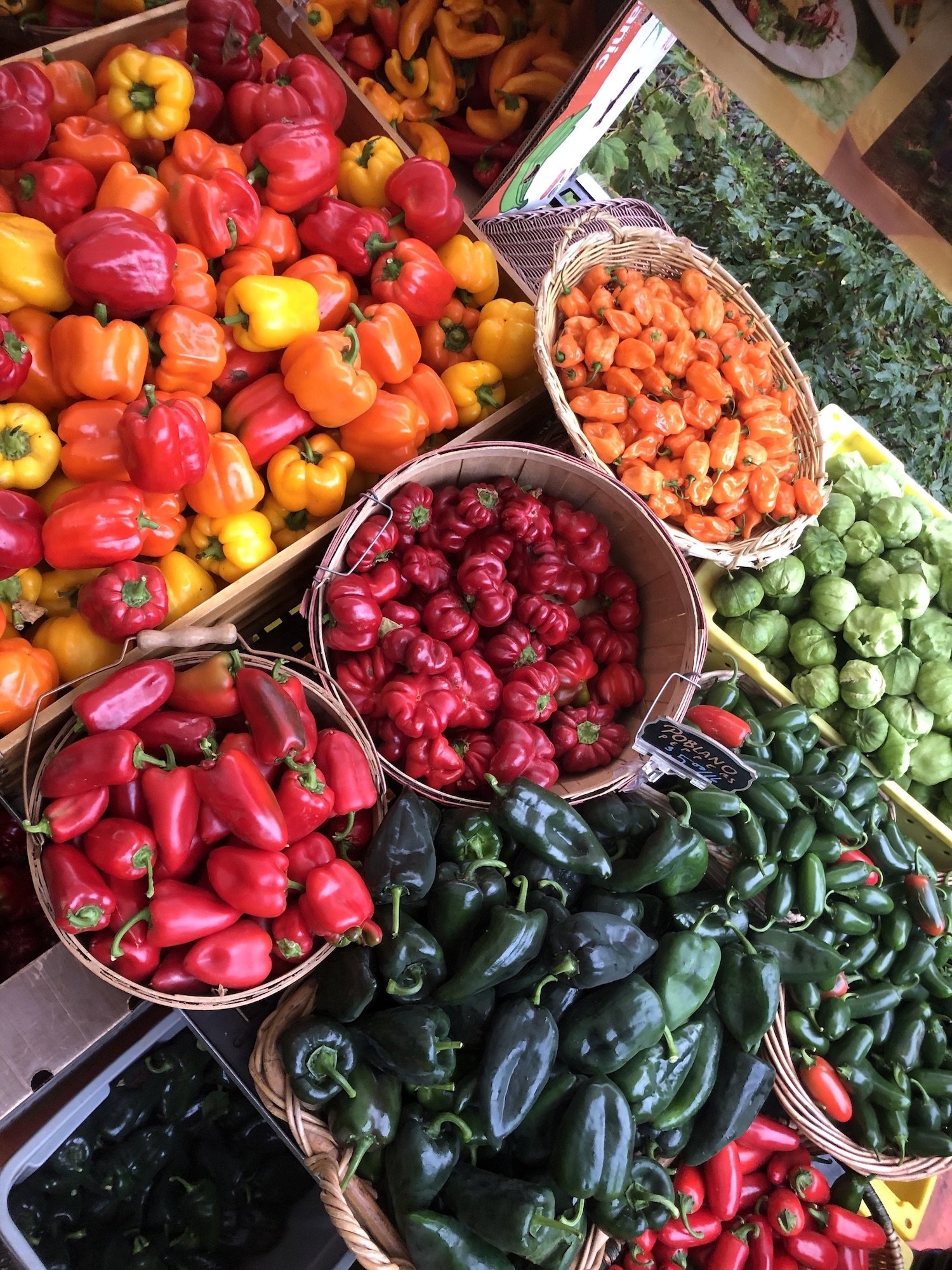
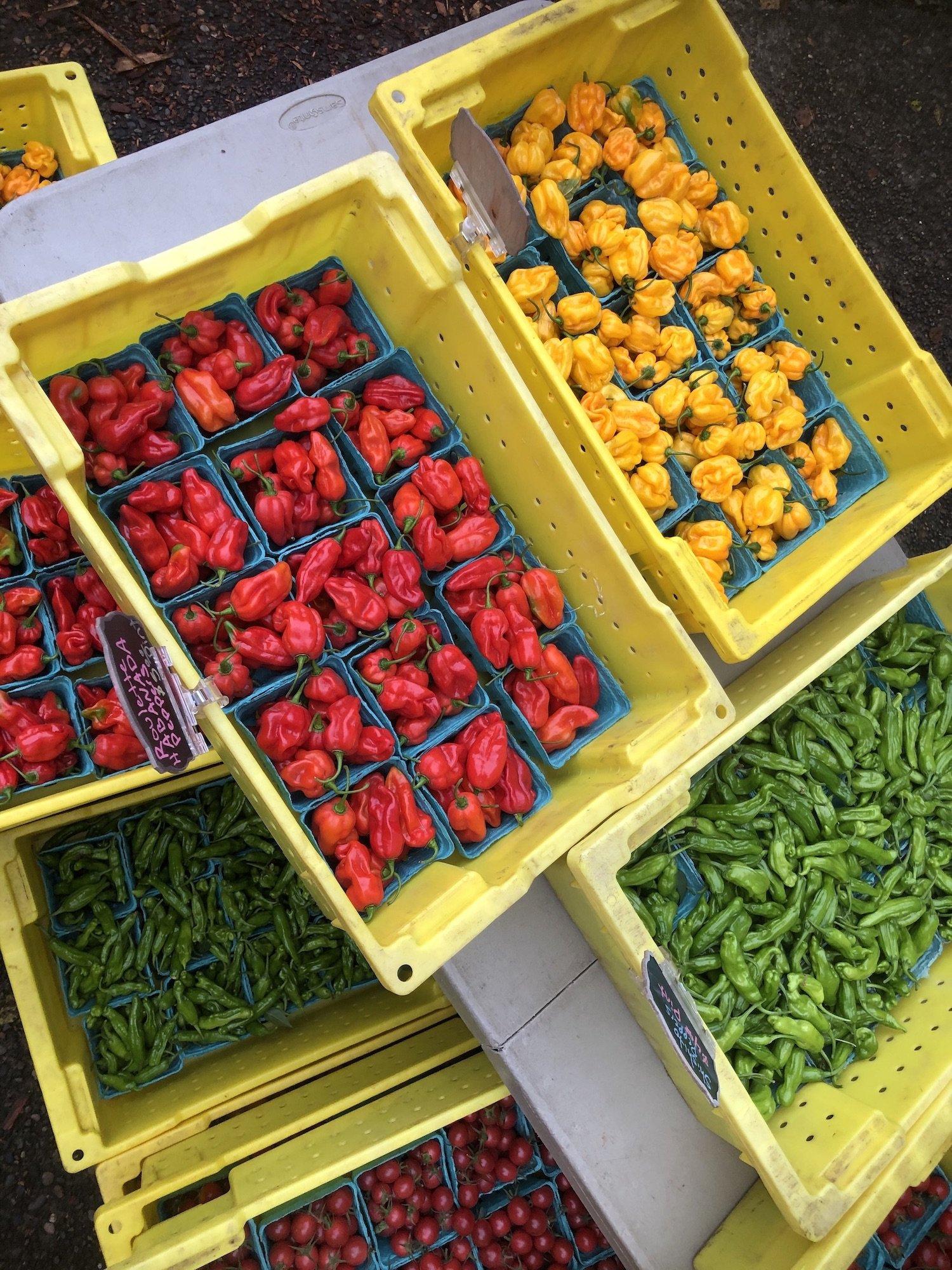
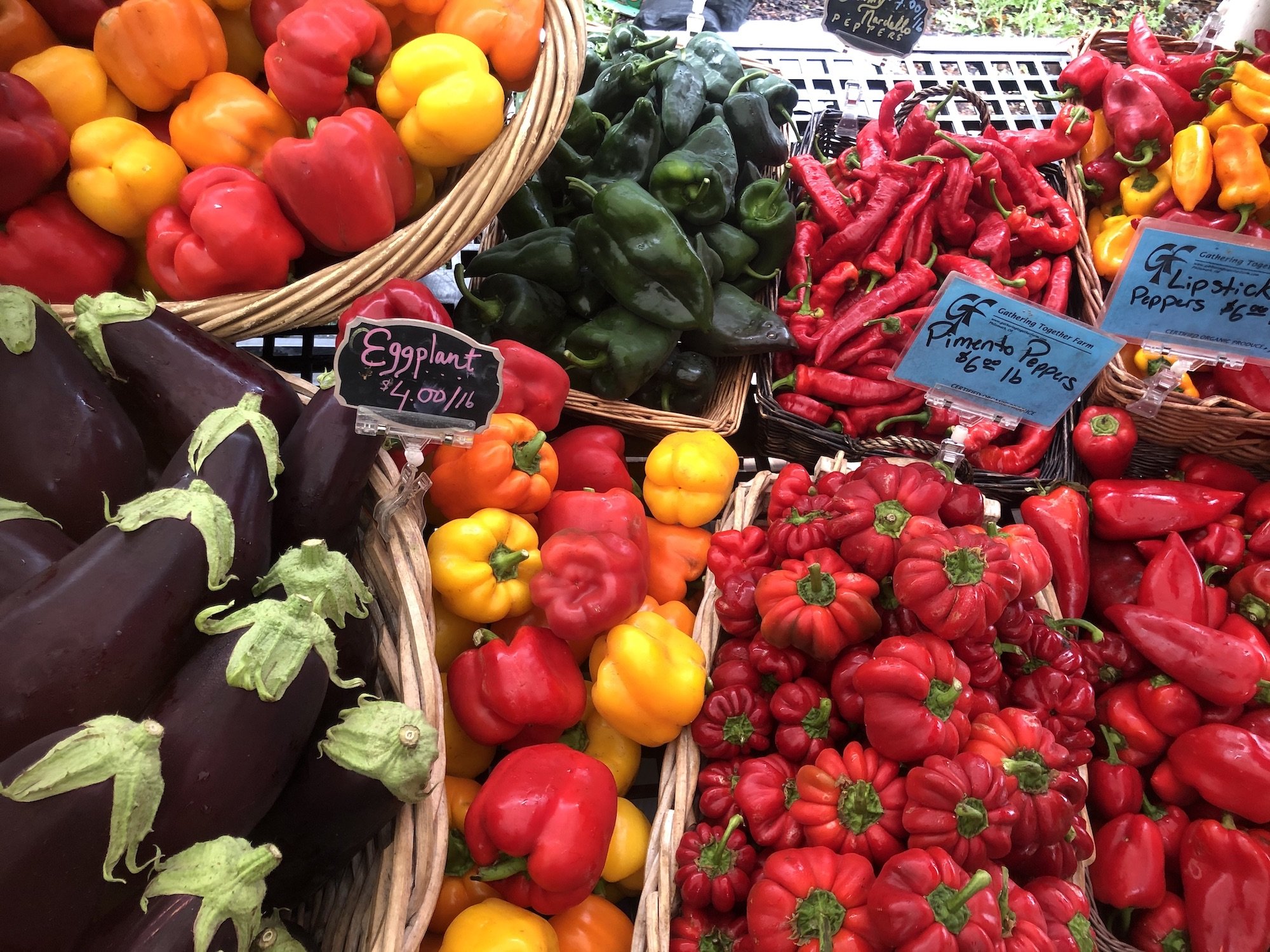
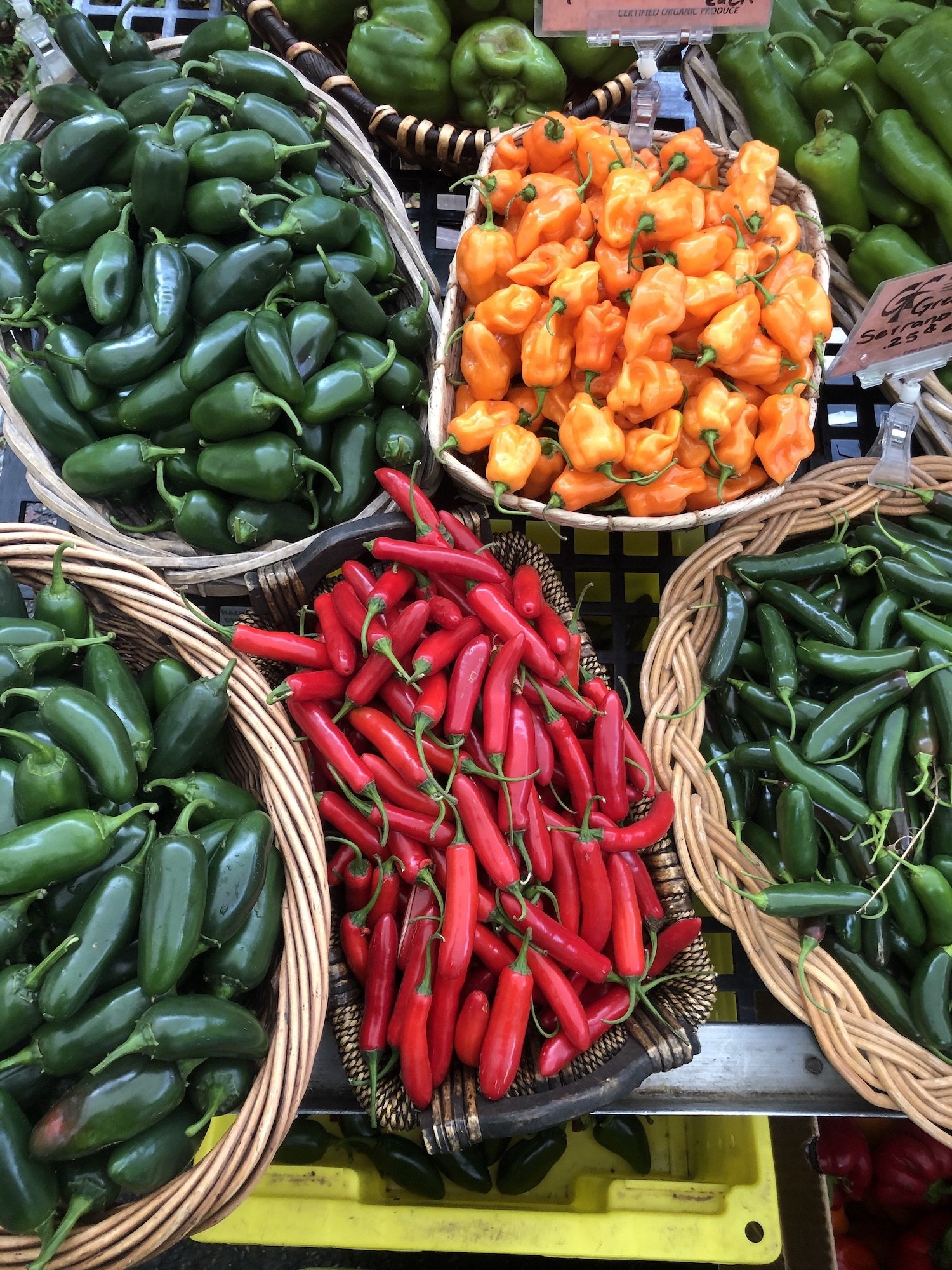
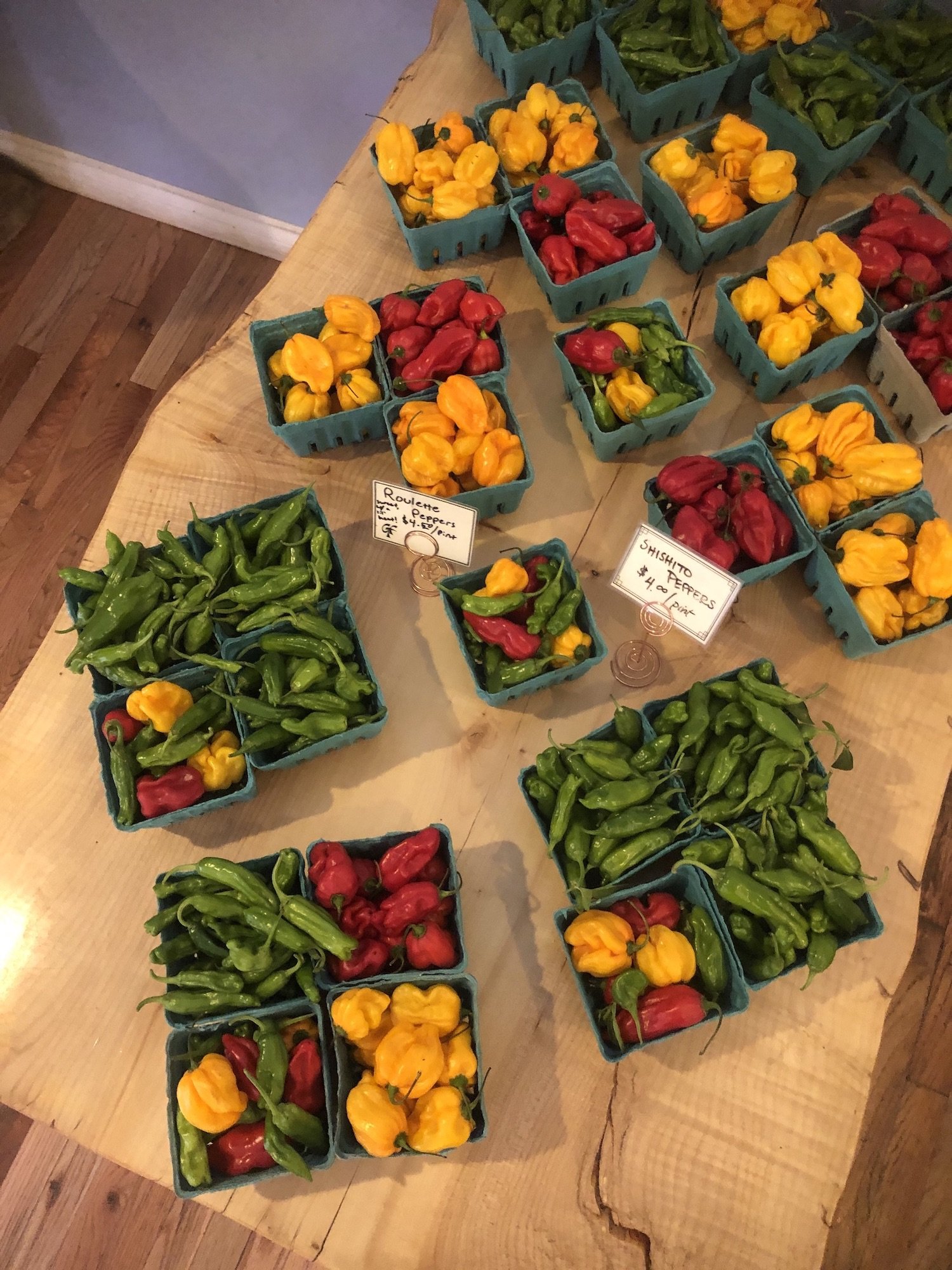
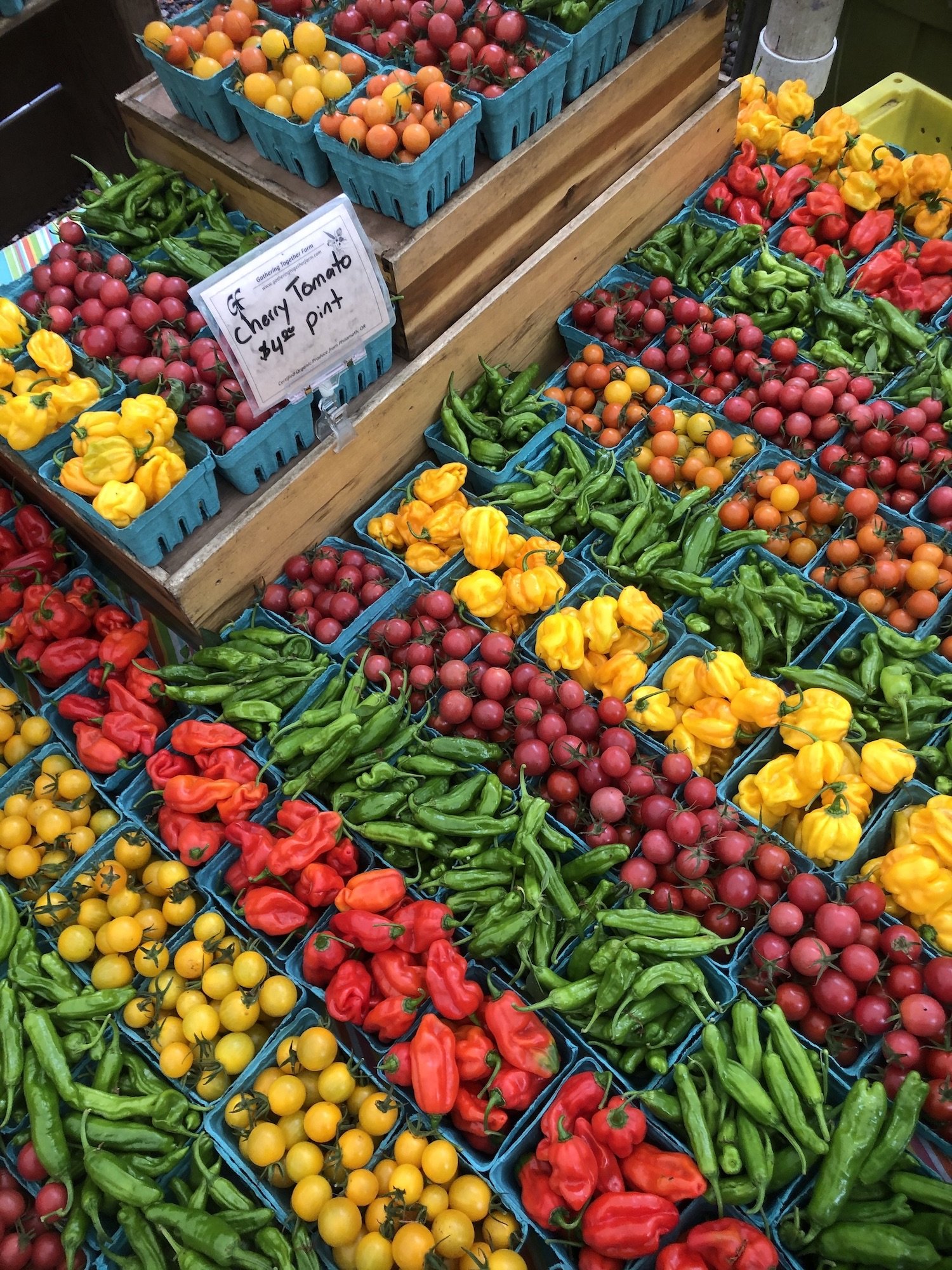
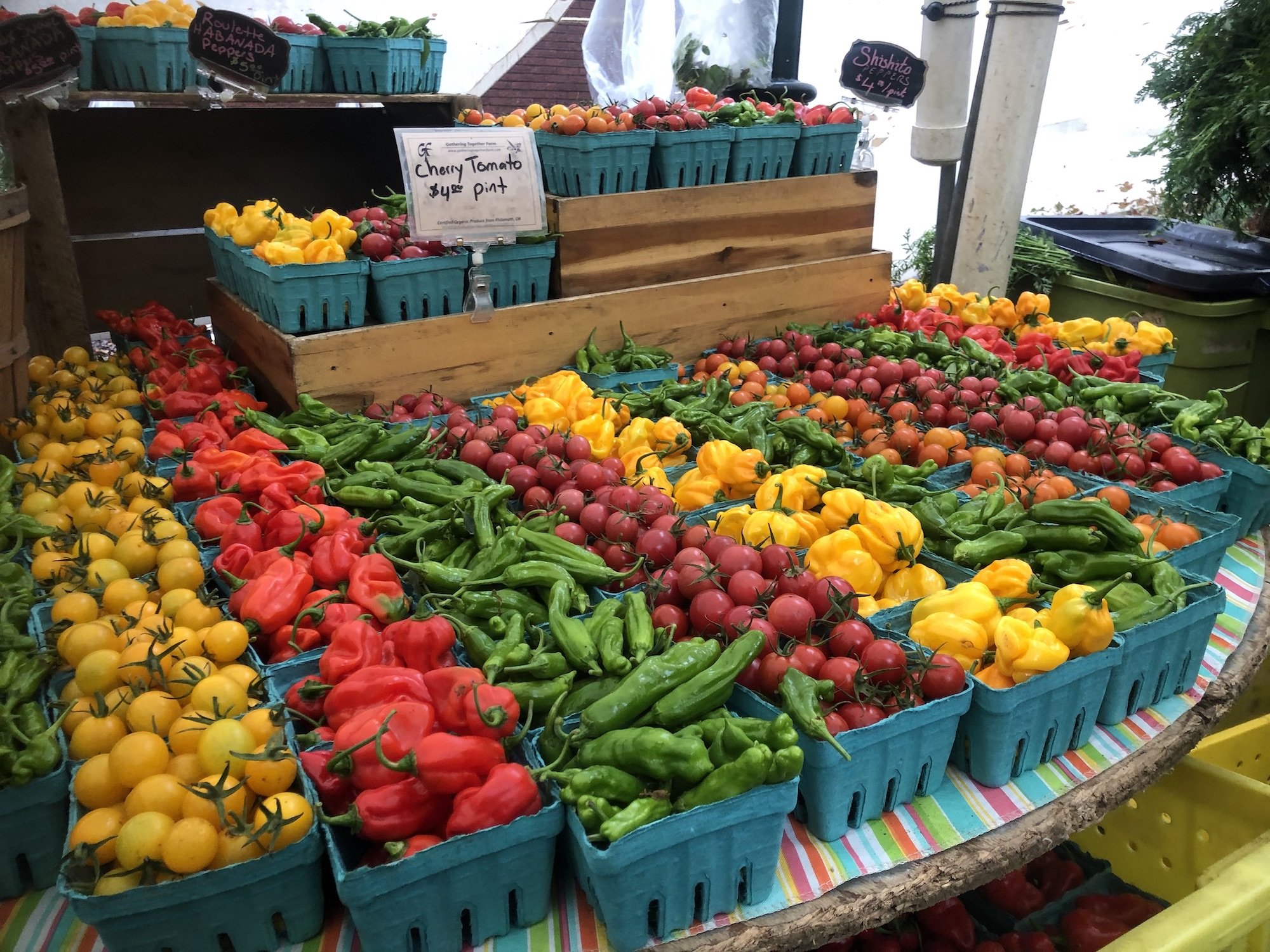


-

Bells
These big bells are a classic, ranging from red to orange to yellow to purple, they vary in sugar content but are all incredibly crisp and refreshing. Reds are the sweetest. Green bell peppers are just unripe.
-

Italians
These elongated red and yellow peppers have a very high sugar content and particularly thin skins. They can be roasted up very quickly and the skins removed with ease if making romesco sauce.
-

Pimentos
The queen of sweet, pimento peppers have super thick, crunchy walls and the highest sugar content of all the sweet peppers. Pimentos come in many shapes, including ruffled and a stout Italian shape.
-

Jimmy Nardello
This tricky sweet treat looks very similar to cayenne peppers but is much larger, more rumply, and has slightly thicker walls. Incredible flavor in sauces and sautées.
-

Banana
A super mild and sweet little pepper that comes with a slight tang even without being pickled like a pepperoncini. Often served with sandwiches or in salads or sliced into stir-fries. Photo - Pepper Scale
-

Pepperoncini
AVG SHU: 300. Known for being pickled, sliced, and served with sandwiches, these small sweet peppers are a treat and come with a slightly warm heat. Photo — Pepper Scale

Mini Peppers
Although there are a very many tiny pepper in this world that will set your tongue on fire, the “Mini Peppers” in this group are sweet to mild and are meant to be eaten whole with ease. While shishitos and padrons tend to be more common at the farmers market, the range of super sweet, tropical, heatless habaneros are hot on the scene! I love to toss all the different colors of peppers into a frying pan with oil and serve with a sprinkle of salt on a very special gorgeous platter (or eat them all to myself alongside eggs for breakfast).
-

Shishitos
AVG SHU: 125
These heatless thin-walled little green peppers have made their mark on farmers markets, perfect for tossing a hot pan with a little oil and salt and enjoying whole. Great for breakfasts & camping trips.
-

Padrons
AVG SHU: 1500
Unlike shishitos, padrons usually carry a little to occassionally a lot of warmth. Padrons can be cooked and eaten whole the same as shishitos, but with a little bit of caution.
-

Habanada
AVG SHU: 0
These bright orange, pointy-tipped peppers may look like a habanero but they are totally heatless with the most incredible sweet, tropical flavor. Shishitos who? An absolute must try.
-

NuMex Suave
AVG SHU: 665
These slightly larger yellow lanterns are another heatless habanero with an incredible sweet tropical flavor, along with a whisper of habanero heat. Larger plant, produces well in temperate climates.
-

Roulette
With a name like roulette one is sure to proceed with caution, but these too are completely heatless little pepper poppers with a more mild tropical sweetness. Mix with your other heatless habs!
-

Tangerine Dream
AVG SHU: 0
This almost-ornamental pepper grows its fruits upwards and has a super sweet tropical flavor with thick juicy walls, perfect for snacking. Photo—Pepper Scale
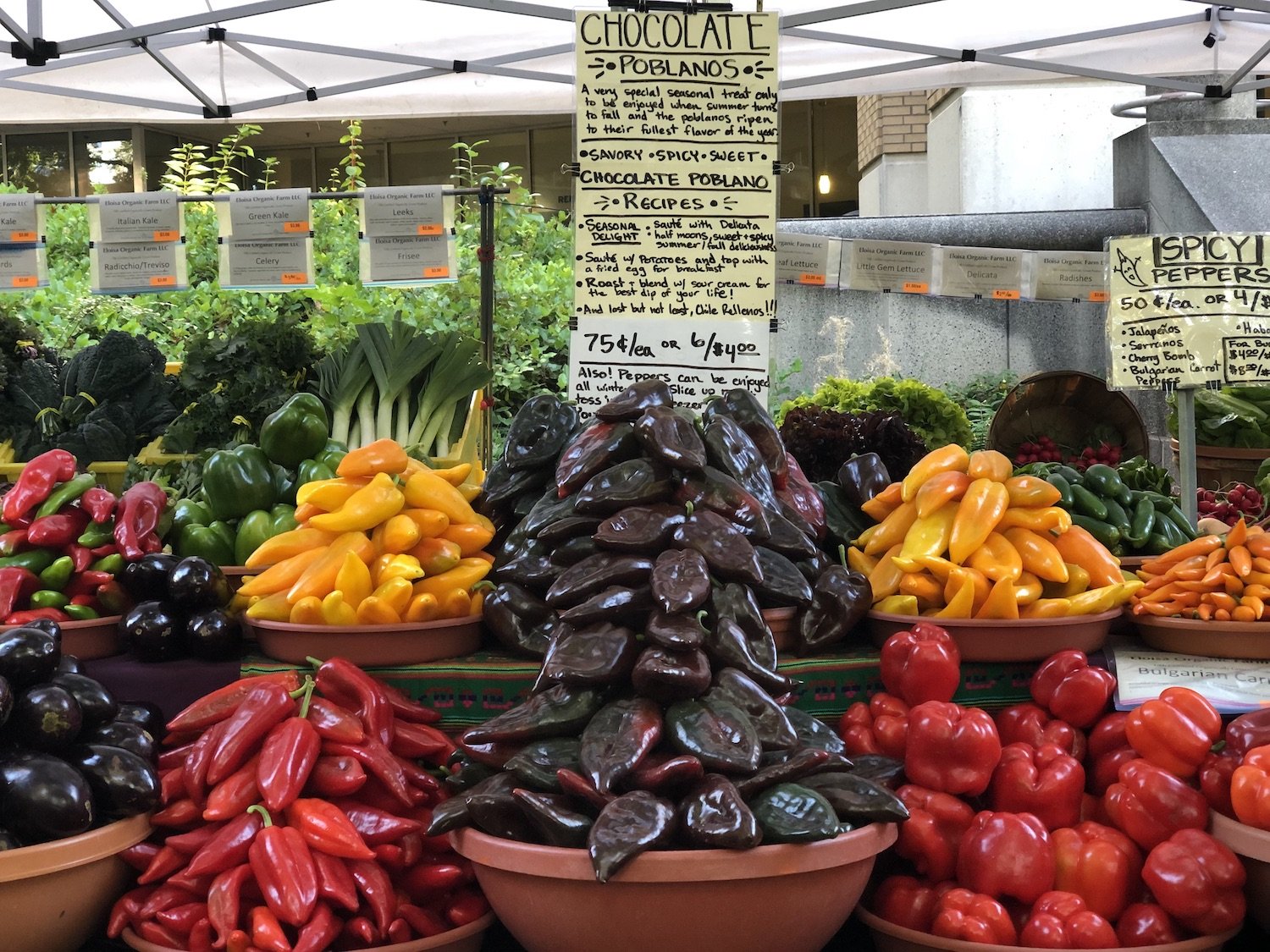
Warm Peppers
These peppers are known for have a rich savory flavor and a hint of heat that warms you up. Harvested and eaten both green while the peppers are still pretty mild in addition to when ripened to their full red color and heat.
-

Cubanelle
AVG SHU: 550
Photo - Pepper Scale
-

Poblano
AVG SHU: 1250
-

Anaheim
AVG SHU: 1500
-

Pasilla
AVG SHU: 1750
Photo — Isabel Eats
-

Guajillo
AVG SHU: 3750
Photo — Isabel Eats
-

Chile De Agua

Spicy Peppers
These peppers tend to be smaller in size with a much higher heat content that is to be approached with caution. Jalapeños are pretty mild as far as spicy peppers go, explore 12 common spicy peppers in order of increasing Scoville Heat Units.
Note: All Scoville heat ratings are an average, but actual SHU levels vary depending on climate and varieties.
-

Bola/Cascabel
AVG SHU: 2,000
Photo — Pepper Scale
-

Cherry Bomb
AVG SHU: 3750
-

Jalapeño
AVG SHU: 5250
-

Fresno Pepper
AVG SHU: 6,250
Photo — Pepper Scale
-

Serrano
AVG SHU: 16,500
-

Bulgarian Carrot
AVG SHU: 17,500
-

Chile de Arbol
AVG SHU: 22,500
Photo: Kids are Great Cooks
-

Chile Piquín
AVG SHU: 37,500
Photo—Mexico in My Kitchen
-

Tabasco Pepper
AVG SHU: 40,000
Photo — Baker Creek
-

Aji Amarillo
AVG SHU: 40,000
Photo — Pepper Scale
-

Cayenne
AVG SHU: 40,000
Photo — Baker Creek
-

Thai Pepper
AVG SHU: 75,000
Photo — Izzy Cooking

Fire
A jalapeno at 5000 SHU isn’t anything compared to a pepper who’s Scoville heat rating is in the millions. These peppers can actually be dangerous if not handled with care, but they are the secret ingredient to many hot sauces and other dishes.
For reference, pure Capsaicin has an SHU of 15 million, and Pepper Sprays used for self defense range from 2 to 5 million. The Carolina Reaper is the official hottest pepper in the world. Although others have surpassed its heat, their stability as a variety is still not there, meaning that from pepper to pepper the level of heat varies too much to be officially hotter.
-
Habanero
AVG SHU: 225,000
Although incredibly hot, this pepper has such a lovely tropical twist that makes for delicious salsas. Caribbean Red Habaneros are even hotter with a max SHU of 445,000.
-

Scotch Bonnet
AVG SHU: 225,000
Photo — Pepper Scale
-

Ghost Pepper
AVG SHU: 948,200
Known as Bhut Jolokia in India and translated to “Ghost” Pepper, this super-hot pepper’s heat sneaks on you, building hotter over a long period of time. Photo — Pepper Scale
-

Trinidad Moruga Scorpion
AVG SHU: 1,600,000
Photo — Pepper Scale
-

Carolina Reaper
AVG SHU: 1,800,000
How This Guy Made the World's Hottest Peppers | Obsessed | WIRED (YouTube)
Photo — Pepper Scale
-

Dragon's Breath
AVG SHU: 2,480,000
Bred in the UK in attempt to develop peppers that would provide capsaicin used for alternative anesthetics. Not for eating. Photo - Pepper Scale





